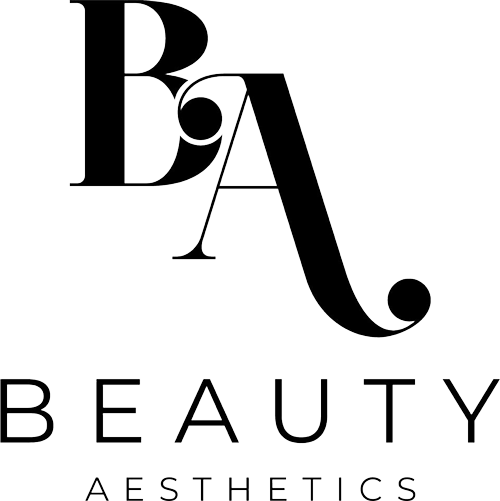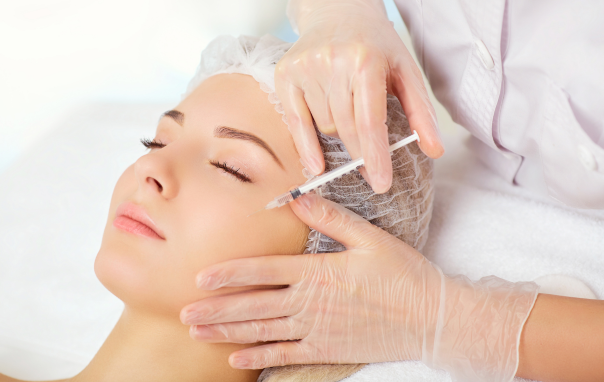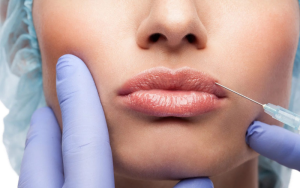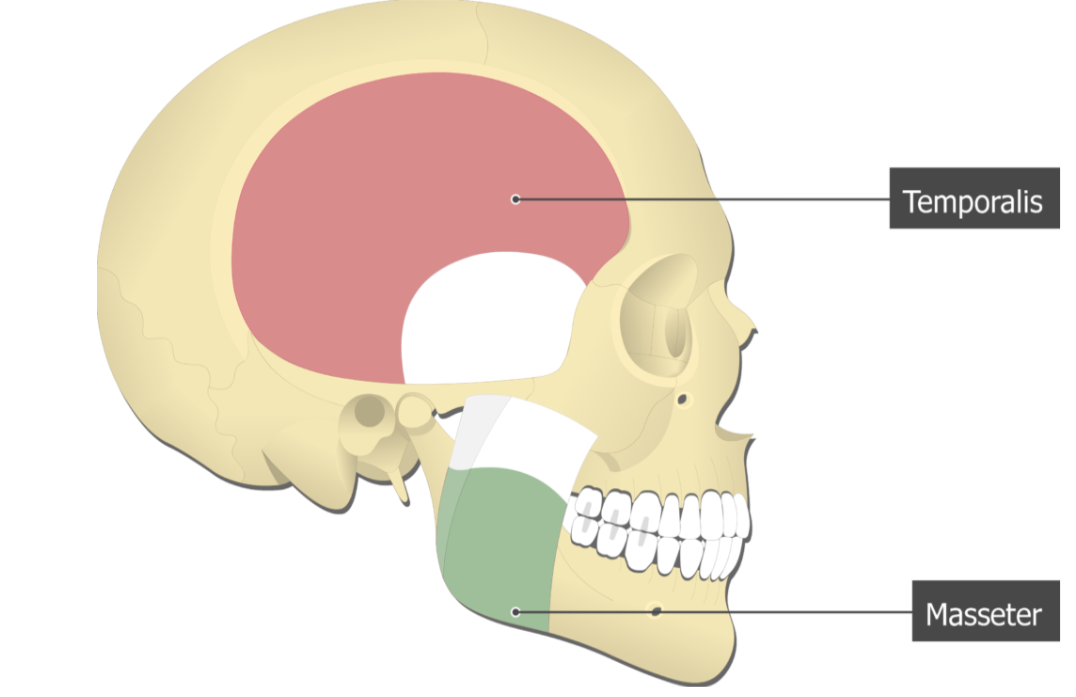
The masseter muscle is one of the most prominent and powerful muscles in the face, responsible for chewing and jaw movement. For some, an enlarged or hypertrophied masseter muscle can lead to a square jawline or discomfort, such as pain in the jaw or neck.
The superficial portion posterior third of the masseter muscle originates from a thick aponeurosis on the temporal process of the zygomatic bone and the anterior two-thirds of the inferior border of the zygomatic arch.
While treatments like Botox injections are effective, there are also natural ways to manage and reduce the masseter muscle size. In this guide, we’ll explore how to reduce masseter muscle hypertrophy naturally, its anatomy, and other essential insights.
What is Masseter Muscle Hypertrophy?
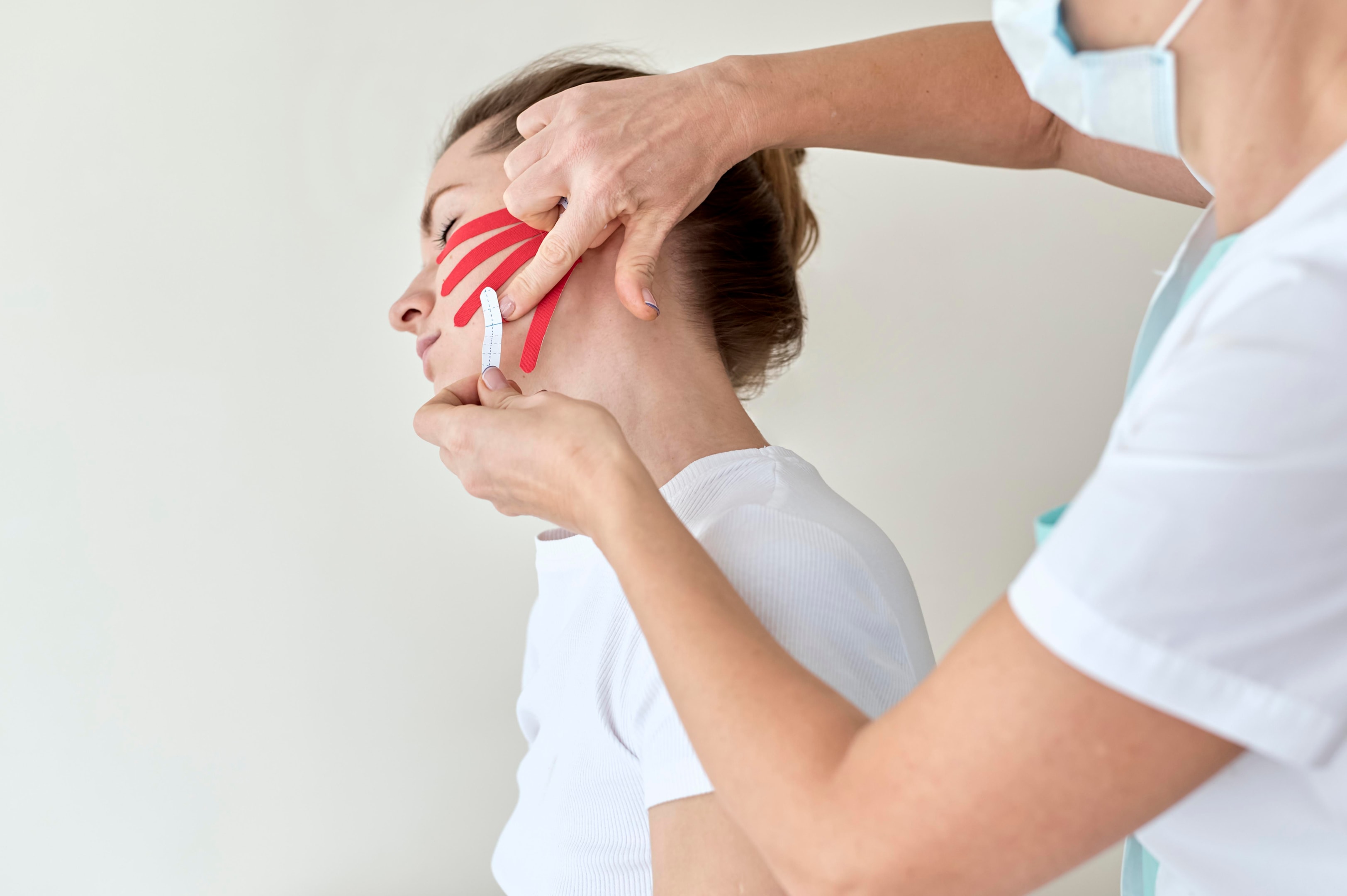
Masseter muscle hypertrophy is the enlargement of the masseter muscle, often due to overuse or genetic factors. This condition can lead to a broader lower face, pain, or functional issues like teeth grinding or jaw tension.
Causes of Masseter Muscle Hypertrophy
- Chronic gum chewing.
- Habitual teeth clenching or grinding (bruxism).
- Excessive stress leading to muscle tension.
- Genetic predisposition.
While treatments such as Botox injections are common, many prefer non-invasive, natural methods to address this condition.
Anatomy of the Masseter Muscle
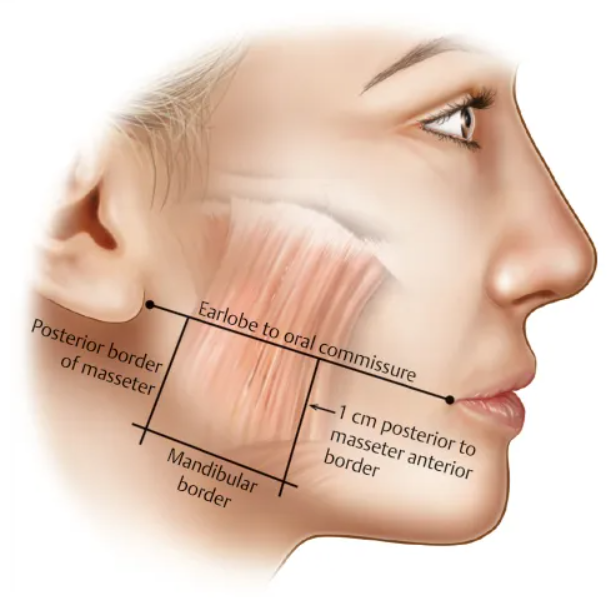
The masseter muscle is a powerful superficial quadrangular muscle located in the medial surface of the jaw. It plays a crucial role in powerful jaw closure and mastication.
Masseter Muscle Originates
The muscle originates at the zygomatic arch and inserts into the mandibular ramus’s lateral surface and the mandible’s coronoid process.
Superficial and Deep Heads
The masseter has superficial and deep heads, with the deep portion superficial part being the larger, thicker portion that strengthens the muscle.
Blood Supply and Lymphatics
- The masseteric artery (branch of the maxillary artery) provides vascular supply.
- Lymphatic drainage occurs through nodes located near the parotid gland and mandibular notch.
The Role of the Masseter in Jaw Movement
The masseter muscle is one of the primary masticatory muscles involved in chewing, along with the medial pterygoid, temporalis, and lateral pterygoid muscles. It helps bring the mouth and mandible forward and close the jaw.
Masseter or Mandibular Reflex
The mandibular reflex, or jaw jerk reflex, tests the function of the mandibular nerve, a branch of the trigeminal nerve (cranial nerve V). It is commonly evaluated during a routine neurological examination using a reflex hammer.
How to Reduce Masseter Muscle Naturally
A combination of lifestyle changes, exercises, and stress management techniques can reduce the size of hypertrophied masseter muscles.
1. Stress Management
Stress often leads to teeth clenching and jaw tension, contributing to masseter hypertrophy. To reduce stress levels, incorporate relaxation techniques like yoga, meditation, and deep breathing.
2. Avoid Gum Chewing
Chronic gum chewing overworks the masticatory muscles, leading to enlargement. Limit gum chewing to prevent further stress on the masseter muscle.
3. Specific Exercises
Targeted jaw exercises can help relax the muscle fibers and improve flexibility. For example:
- Mandible forward stretch: Gently push your lower jaw forward and hold for a few seconds.
- Neck stretches: Relax tension in surrounding areas like the neck and lower jaw.
4. Diet Modifications
Avoid hard-to-chew foods like raw carrots or tough meat, which overwork the jaw’s powerful muscles. Opt for softer, easier-to-chew foods to minimize strain.
5. Warm Compresses
Apply warm compresses to lateral surface of the mandibular ramus to relax the muscles and improve blood flow. This can alleviate tension and reduce the size of the muscle over time.
Masseter Muscle and Facial Symmetry
The masseter muscle significantly influences the appearance of the lower face. Enlarged muscles can give a square or asymmetrical look. Reducing the size of the hypertrophied masseter muscles enhances the natural contouring of outer surface of the face.
Treatment Options for Masseter Muscle Hypertrophy
While natural methods are effective, it’s important to be aware of medical options available at clinics like Beauty Aesthetics, Toronto:
- Botulinum toxin (Botox injections): Temporarily relaxes the muscle, reducing its size over time.
- Orthodontic Treatments: Addresses issues like teeth grinding that may exacerbate the condition.
Jaw Movement and Muscle Tension
The masseter muscle is essential for powerful jaw closure and chewing. However, prolonged tension in the muscle can lead to discomfort and even impact the temporomandibular joint (TMJ).
The Masseter Muscle in Gray’s Anatomy
According to Gray’s Anatomy, the masseter muscle is one of the strongest muscles in the body. It supports the lower jaw during mastication and is part of a group of four muscles that form the primary chewing apparatus.
Routine Neurological Examination and the Masseter Muscle
During a routine neurological examination, the health of motor fibers in the masseter muscle is evaluated alongside other masticatory muscles. This may involve:
- Assessing the jaw jerk reflex.
- Checking for signs of tension, pain, or abnormal growth.
How the Masseter Muscle Affects Jaw and Neck Pain
Overuse or hypertrophy of the masseter muscle can lead to:
- Jaw pain and difficulty with jaw movement.
- Referral pain to the neck and surrounding areas.
- Discomfort in the temporomandibular joint.
Natural Relief for Muscle Tension
Reducing tension in the masseter muscle naturally can alleviate symptoms. Methods include:
- Gentle massages along the inferior border of the jaw.
- Warm compresses to increase blood supply to the affected area.
Improving Muscle Function Naturally
Promoting relaxation and proper use of the masseter muscle is key to preventing hypertrophied masseter muscles:
- Engage in mindfulness exercises to reduce stress.
- Perform targeted stretches to relax the mandibular notch and surrounding areas.
Connection to the Mandibular Nerve and Trigeminal Nerve
The masseteric artery and muscle is innervated by the masseteric nerve, a branch of the mandibular division of the trigeminal nerve (cranial nerve V). This nerve controls motor functions, such as chewing, and sends sensory fibers to the surrounding areas.
Role of the Parotid Gland in Jaw Function
The parotid gland is near the mandible and contributes to saliva production, which is essential for mastication. Overworked masticatory muscles can sometimes cause irritation or swelling in this area.
Stress and its Impact on the Masseter Muscle
Chronic stress can exacerbate muscle tension, leading to enlarged muscles and discomfort in the lower jaw. Incorporating stress management techniques like mindfulness can significantly reduce these effects.
Specific Exercises for Jaw Health
Targeted exercises can help alleviate tension and promote relaxation:
- Gentle Jaw Movements: Slowly open and close the jaw to stretch the muscles.
- Mandible Forward Exercise: Push the lower jaw forward and hold for 5 seconds.
- Neck Rolls: Loosen tension in the neck and improve blood flow to the jaw.
Why Natural Methods Work for Many Patients
Many patients prefer natural methods to reduce the size of their hypertrophied masseter muscles because:
- They avoid the need for botulinum toxin or other invasive treatments.
- They promote overall wellness and improved jaw function.
- They offer a sustainable approach to managing muscle tension.
Treatment Options Offered by Beauty Aesthetics, Toronto
At Beauty Aesthetics, Toronto, we provide a range of cutting-edge treatments tailored to address masseter muscle hypertrophy and improve facial aesthetics. Our approach combines advanced techniques with personalized care to deliver optimal results.
1. Botox Injections for Masseter Muscle Hypertrophy
Our Botox treatments target the masseter muscle to relax its activity temporarily. This noninvasive option is perfect for clients seeking to slim their jawline, reduce tension, and alleviate symptoms like teeth grinding. The results are subtle and natural, allowing for enhanced facial symmetry.
2. Comprehensive Facial Contouring
In addition to treating hypertrophied masseter muscles, our experts offer holistic facial contouring solutions. We focus on achieving balance and proportion across the face, tailoring treatments to meet your needs.
3. Stress-Reduction Treatments
Recognizing the role of stress in muscle tension, we offer complementary therapies designed to promote relaxation. These may include facial massages, warm compresses, and lifestyle recommendations.
4. Individualized Consultations
Every treatment begins with a detailed consultation. We evaluate your specific exercises, lifestyle factors, and concerns to develop a tailored plan that prioritizes aesthetics and functionality.
Conclusion
Reducing masseter muscle hypertrophy naturally is achievable through targeted exercises, stress management, and lifestyle changes. Beauty Aesthetics, Toronto, offers advanced treatments, including Botox injections and holistic facial contouring options for those seeking more immediate or precise results.
Understanding the anatomy and functionality of the masseter muscle and the various factors contributing to its hypertrophy empowers you to make informed decisions about your care. Whether you prefer a natural approach or medical intervention, our team guides you every step of the way.
Achieve a slimmer, more comfortable jawline and experience the confidence that comes with balance and symmetry. Book your consultation at Beauty Aesthetics, Toronto, today and take the first step toward your aesthetic and wellness goals.
